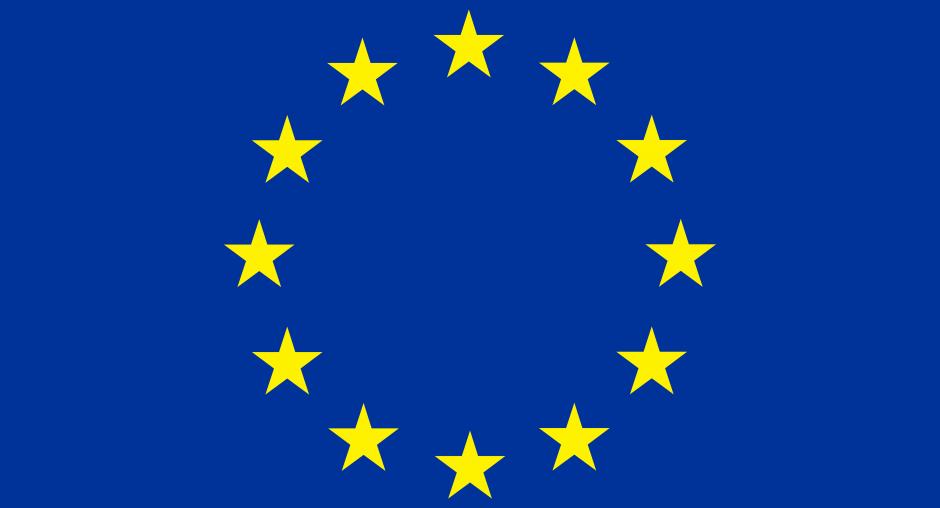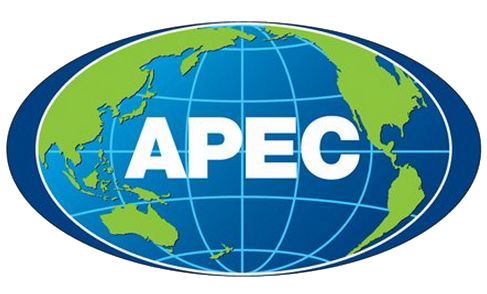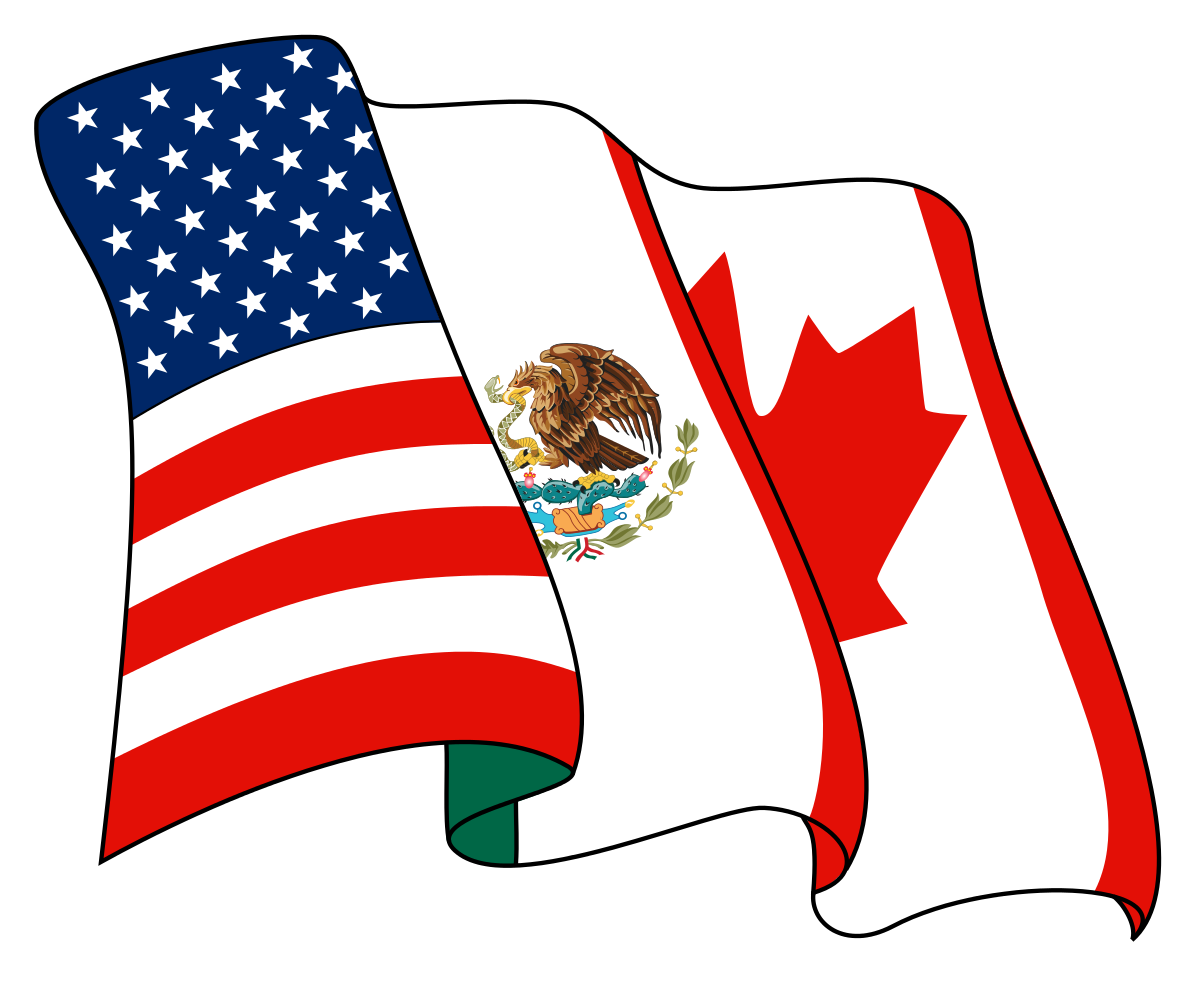Research on Trade Cooperation Data of Various Economies
At present, global multilateral trade cooperation is the mainstream and unstoppable. For regional economies, the advantages of multilateral trade cooperation outweigh the disadvantages. Take the EU, APEC and the USMCA as examples, three of the more common regional economies. Conduct research to provide possible countermeasures.

European Union (EU)
When it comes to global trade, the EU leads the way. The openness of the EU’s trade arrangements has made it the largest player on the global trade stage and remains a good place to do business.
Every day, the EU exports hundreds of millions of euros worth of goods and imports hundreds of millions of euros. It is the world’s largest exporter of manufactured goods and services and the largest export market for some 80 countries.
EU countries together account for 16% of world imports and exports.


